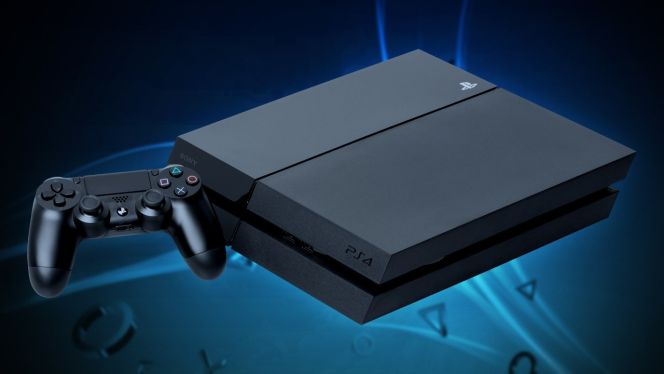For example, the Steam Deck, a portable PC that was postponed from this year, has been given a SoC (system board) name.
During the Steamworks Virtual Conference, Gabe Newell and his team gave a special hardware presentation. Here, Valve engineer Yazan Aldehayyat revealed that the custom-designed SoC for the Steam Deck is called Aerith. The APU part combines AMD’s Zen 2 and RDNA 2 technologies and has been designed not to have massive power consumption (the TDP is set between 4 and 15 watts).
According to Aldehayyat, “what’s truly novel about our processor is that was designed from the ground up to be optimized for the 4 to 15 watt power envelope available to us in this form factor. The one major takeaway that I’d like to leave you with today is that the level of performance per watt we were able to achieve with this processor would not have been possible using any off-the-shelf processor that exists today.” There is no upper limit in power consumption, which is why Valve is proposing a frame rate limiting option for games. Even if the developers do not bring this, they are working on a solution to achieve the right balance between performance and battery life.
The Steam Deck’s processor and graphics chip have a relatively low clock speed because Valve wants stable performance for all eventualities. That’s why turbo boosts (temporary clock speed boosts), common in laptops and smartphones, have not been implemented in handheld PCs. Aldehayyat added, “the first one is memory bandwidth. Our APU runs at 128-bit wide memory bus at 5.5 GHZ; this combines to a total of 88 GB/s worth of bandwidth, which, if you compare on a per teraflop basis, actually exceeds a lot of dedicated desktop-grade GPUs. The other advantage of LPDDR5 is power efficiency. It offers a lot of great power-saving features that truly manifest themselves in low power scenarios like 2D games, idle, and sleep.” They put 16 GB (unified) in the Steam Deck because they were thinking about the future, as many games are now content with 8 or 12 gigabytes of memory.
The 64GB eMMC storage, the cheapest Steam Deck model version, loads and boots slower than the most expensive NVMe SSD with 512GB, but there’s not much difference in gameplay. Finally, we’ve also heard from Sebastian Nussbaum, the corporate vice president of product and technologies at AMD’s semi-custom business unit, that the company’s FidelityFX Super Resolution upscaling solution will be included in Steam Deck at the operating system level in a future update, so you can use FSR in games that don’t support it by default.
On the last page of the developer documentation, we read, “The team agreed that if a game runs well on this mini-PC at 1280 x 800, it will run well on Steam Deck – compared to Steam Deck, this system’s GPU is weaker, and there’s less memory bandwidth, but the CPU is a bit stronger. It’s underpowered compared to Steam Deck, but is the closest system we could find that is still generally available for purchase.”
Steam Deck will ship to pre-orderers in February instead of December.
Source: WCCFTech


















Leave a Reply